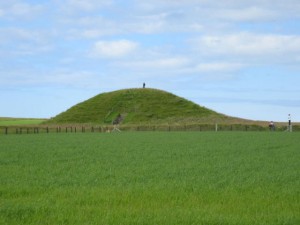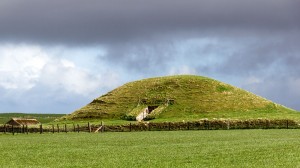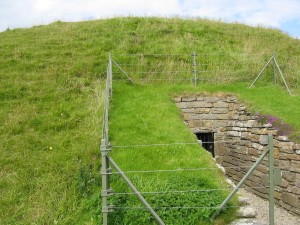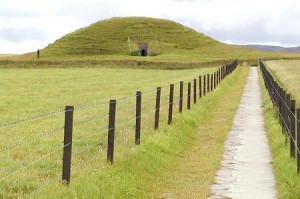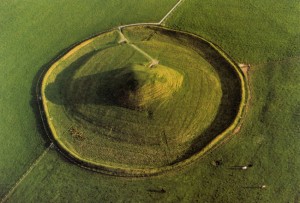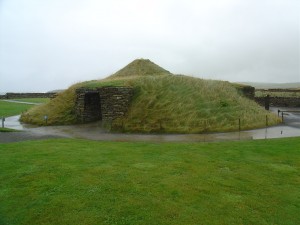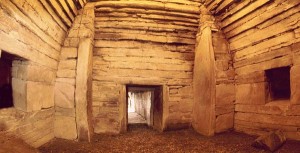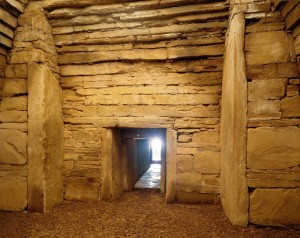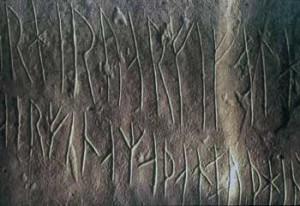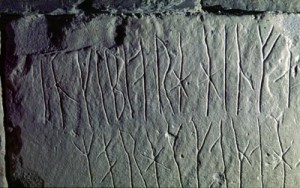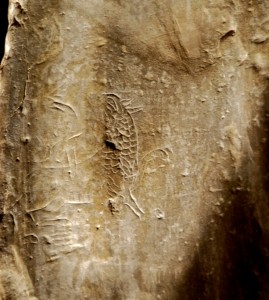Written by Soudip
October 20th 2014You Are Here
Home > Scotland > Skara Brae Historical Facts and PicturesMaeshowe Historical Facts and Pictures
Built around 2800 BC, the Neolithic passage grave and chamber cairn of Maeshowe is located on Mainland, Orkney, Scotland. It appears to be a grassy mound, mounting from the plains close to the southeast end of the Loch of Harray. One of the finest Neolithic buildings of northwest Europe, Maeshowe consists of burial monuments, villages and stone circles. In 1999, these monuments were designated a UNESCO World Heritage Site. Also called Orkahaugr, where “Orka” signifies greatness or power, the source of the name Maeshowe offers various theories and suggestions.
Maeshowe Entrance
Construction and Design
The tomb of Maeshowe is one of the largest ones in Orkney, which is encased by a grassy mound of 115 feet in diameter and 24 feet high. A complex of chambers and passages of crafted flagstone are hidden within the mound.
Structural description
The paved entrance passage leads to the small stone-built central chamber, measuring 4.6 meters from each side. Largely constructed of flat slabs of stone, the chamber contains huge angled buttresses at each corner. During the time of winter solstice, the dark passageway is penetrated by sunbeams that illuminate the walls of the chamber. Apart from the central chamber, there are three side cells. The back walls, floors and ceilings of the cells are single stone slabs.
Maeshowe Inside
The Norse Runes
Orkney was ruled by the Norsemen in the 12th century, who breached the mound and left behind an intriguing legacy in the form of runic graffiti, carved all over the inner walls. It is the largest collection of runic inscription surviving outside Scandinavia.
Category
ScotlandWritten by Soudip
October 20th 2014


